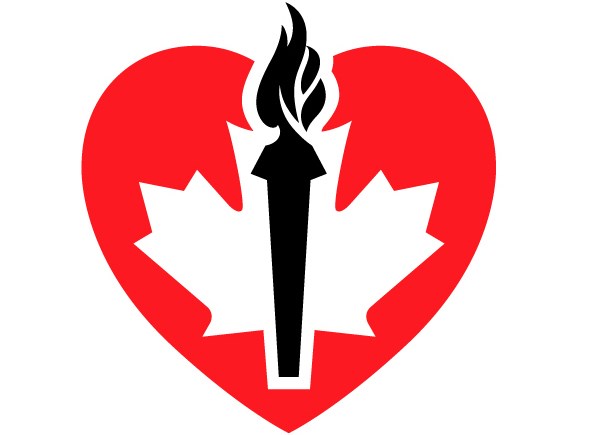NEWS RELEASE
THE HEART AND STROKE FOUNDATION
*************************
The Heart and Stroke Foundation’s 2016 Report on the Health of Canadians has been released.
The Report takes a hard look at the growing burden of heart failure in Canada - and the gaps in care which urgently need to be addressed.
Patient Mike Parr of North Bay
Parr’s mother died of a heart attack at the age of 50, when he was 22.
Many years later his younger sister developed heart disease (Cardio Myopathy) and had to have an LVAD installed while she waited for a new heart.
- Parr was in perfect health until he turned 50. Within a month of his 50th birthday, he began having breathing difficulties and three months later was diagnosed with Cardio Myopathy. Parr had pacemaker/defibrillator implanted at Ottawa Heart Institute.
- His cardiologist’s advice was “eat healthy, exercise, live normally – but get your affairs in order.” There was no doubt that Parr would eventually require a heart transplant.
- Over the next two years he was in and out of the Heart Institute as his heart condition would flare up, but he was still able to work full time and teach at the university.
- In April 2012, he went to Lesotho in South Africa and ended up in a hospital in Johannesburg South Africa for two weeks where he experienced a stroke and had two stents put in. He returned to Canada and spent the next three weeks at the Heart Institute once again recovering.
- Thanksgiving weekend 2012, he was admitted once again and they informed him that he would have to remain in hospital and go on to the heart transplant waiting list. Parr remained in the Heart Institute for five months and a donor heart was found for on February 27, 2013.
- After a 5.5 hour operation and a few days on dialysis, he remained in hospital for five weeks and was finally released.
- For three months thereafter he went to the hospital for follow up biopsies, tests, clinic appointments, etc., and then finally headed back home to North Bay.
- Mike Parr has returned to working full time at the University and has been enjoying life and playing with his grandchildren ever since.
Heart failure is a growing — and all too silent — epidemic in Canada.
It is a significant health issue for hundreds of thousands of Canadians and their families.
Depending on the severity of the symptoms, half of all heart failure patients die within five years, and most within 10.
Highlights of the 2016 Report on the Health of Canadians:
- A survey of 69 of Canada’s leading heart failure experts investigates the scope of heart failure in Canada from diagnosis through to palliative care, looking at gains, revealing current gaps in our system, and turning to opportunities in addressing this crisis.
- A new poll of Canadians reveals that heart failure is often misunderstood by the public although it is a condition that touches the lives of many Canadians and their families.
- A new HSF analysis of Canadian Institute for Health Information (CIHI) hospitalization data.
- Promising research that is providing new hope for treatment.
Why does this matter?
Heart failure is the end result of all cardiac disease.
You get heart failure from everything that goes wrong with your heart - all roads lead to heart failure.
- 600,000 Canadians live with heart failure.
- Heart failure is a chronic condition for which there is still no cure.
- There are 50,000 new cases each year, and numbers are growing.
- Heart failure is a leading cause of hospitalization.
- Heart failure results in direct costs of more than $2.8 billion in Canada annually.
- More Canadians are living with cardiovascular disease, which means more of them are developing heart failure.
*************************
